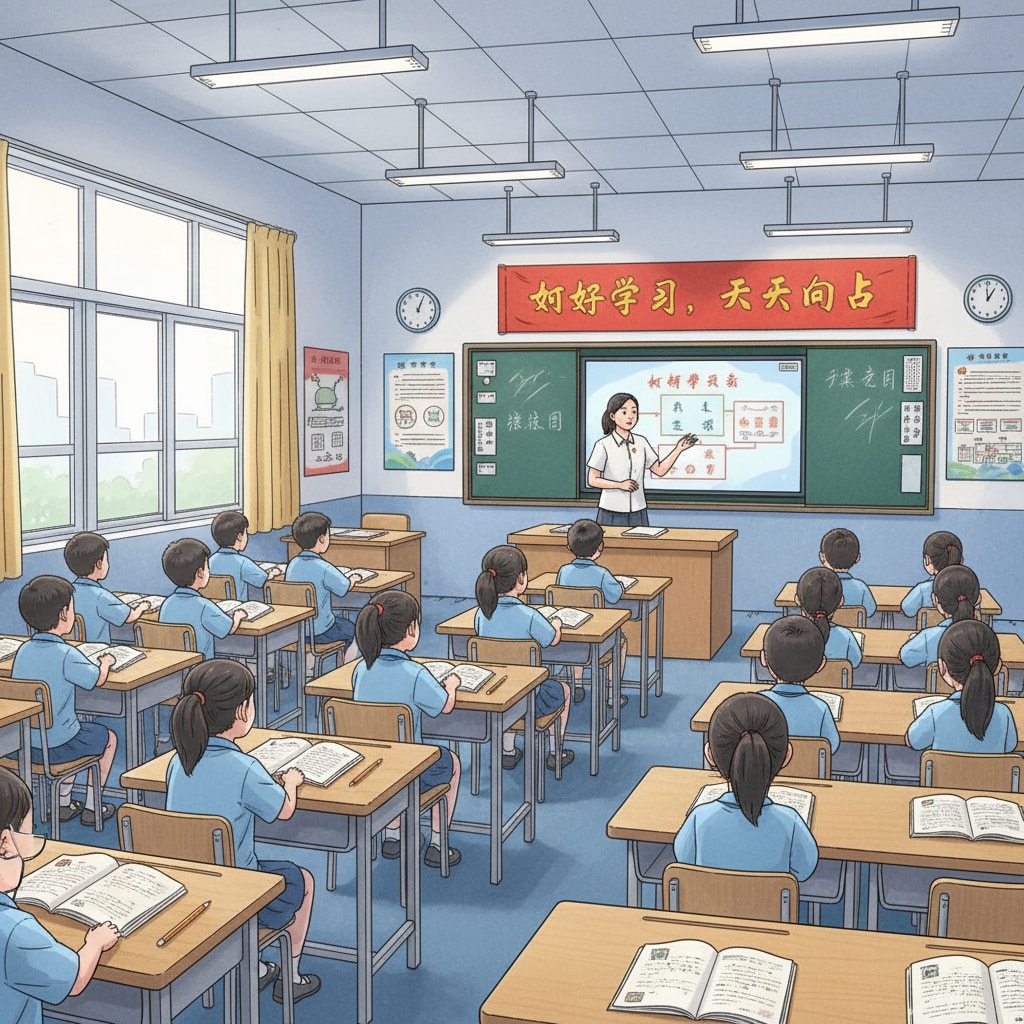The education systems, free thinking, and learning pressure in the United States and China have long been subjects of interest and comparison. The K12 education systems in both countries play a crucial role in shaping students’ futures. Let’s take a closer look at the differences and similarities between them.

Teaching Concepts: Nurturing Free Thinking vs. Building a Solid Foundation
In the US, the K12 education system highly values free thinking. Teachers often encourage students to express their opinions, ask questions, and explore various ideas. For example, in literature classes, students are encouraged to interpret works in their own ways. This approach helps students develop creativity and independent thinking skills. According to Wikipedia’s education in the United States page, the emphasis is on fostering students’ individuality.
In contrast, the Chinese K12 education system focuses on building a solid foundation. Students are required to master a large amount of knowledge in various subjects like mathematics and language. Teachers play a more directive role in the classroom, guiding students through the learning process. This approach ensures that students have a comprehensive understanding of basic knowledge, preparing them for further studies.

Curriculum Design: Diverse Electives vs. Core Subject Emphasis
The US curriculum offers a wide range of elective courses. Students can choose subjects based on their interests, such as art, music, or computer science. This diversity allows students to explore different fields and discover their passions. As stated on Britannica’s education in the United States section, it aims to meet the various needs of students.
In China, the curriculum places a strong emphasis on core subjects like Chinese, mathematics, and English. These subjects are considered fundamental for students’ development. Although there are also some elective courses, the focus remains on ensuring students’ proficiency in the core areas. This helps students build a strong academic base for future educational pursuits.
When it comes to the evaluation mechanisms, they also vary between the two countries. In the US, multiple forms of evaluation are used, including projects, presentations, and class participation. This comprehensive approach assesses students’ overall abilities. In China, while written exams are still a major form of evaluation, there is also an increasing emphasis on practical skills and comprehensive qualities. This shows that both countries are constantly evolving their education systems to better meet the needs of students.
Readability guidance: The differences in teaching concepts, curriculum design, and evaluation mechanisms between the US and Chinese K12 education systems clearly show the unique characteristics of each. By understanding these differences, educators and parents can learn from each other and strive to find a better balance between free thinking and learning pressure for students.


